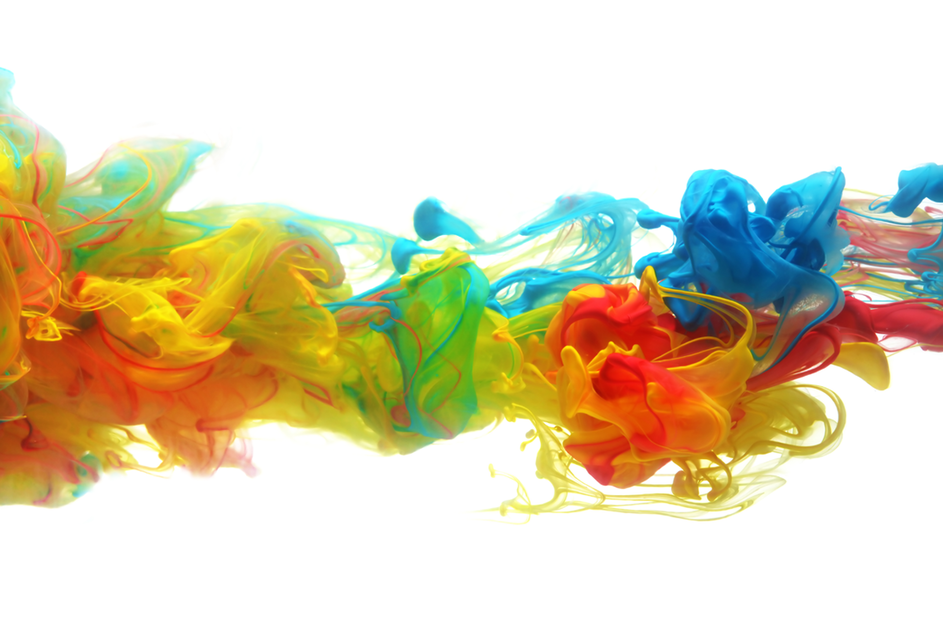In higher education and in the work place, critical thinking is a highly sought after skill. There are entire books, courses, websites, etc. created with the sole purpose of helping individuals better their ability to think critically. This emphasis on critical thinking has the tendency to overshadow creative thinking, a completely different process, but equally important. Everyone struggles with creativity at various points in their lives – you wouldn’t believe how much writer’s block I have experienced while trying to write about being creative. But for those who tend to think more analytically, creative thinking might require some research and practice. Luckily, an online search for “creative thinking techniques” yields over 8.5 million results. Of course, some of these tips and tricks are more helpful than others (even the most avid of coffee drinkers would not recommend the Balzac method) , but there were a few recurring themes that are worth sharing. So whether you are an analyst stuck in a creative rut or or a creative genius looking to try something new, check these out!
1. Get Some Perspective
Sometimes the best way to find the solution to a tough problem is to look at it from a different perspective; this technique is called reframing. Reframing works much the same as experiencing a different culture as a tourist: it is an eye-opening event, allowing a person change his or her interpretation of life – sans travel expenses.
Here are a few questions from creative coach Mark McGuinness to help you start reframing:
- What else could this mean?
- Where else could this be useful?
- What can I learn from this?
- How does this look to the other people involved?
2. Draw it!
For those left-brainers out there, don’t let the word “draw” intimidate you. Drawing your creative process, or mind-mapping, simply means mapping out your ideas on paper. Instead of taking a linear, bullet-pointed, or outlined approach, write your topic in the middle of the page and group subsequent ideas and comments around it. Then draw lines to represent the connections between your thoughts. It may feel strange at first, but breaking the mold from linear to lateral thinking is essential to creativity. This exercise forces you to physically arrange ideas differently, jump starting your creative process.
3. Take a Break
As backwards as it sounds, taking a break when your brain starts feeling like a marshmallow can probably be the best thing you can do for yourself and your final product. Neuroscientists have discovered that when you take a brain break, you may consciously be reading a book or watching some Netflix, but your subconscious is still hard at work. This is what leads to the proverbial "eureka" moment, a flash of insight when you least expect it.
Whether you are right-brained or left-brained, introverted or extroverted, creative or analytical, remember that those adjectives do not define who you are or - least of all - what you can do. Author Julia Cameron once said, "Creativity is always a leap of faith. You're faced with a blank page, blank easel, or an empty stage." You may need a few tips and tricks to get you there, but taking that "leap of faith" into creative thinking will give you both an edge at work and more fun at play.
| Written By Emma Kinney Emma Kinney is and intern at Sproute Creative and student at Bethany Lutheran College in Mankato, Minnesota. She will be completing her undergraduate degree in Communication and Business in December of 2016. She expects to leave with a B.A. in Communication. She plans on starting her Master's Degree in the spring of 2017 with a focus Professional Communication. |






 RSS Feed
RSS Feed